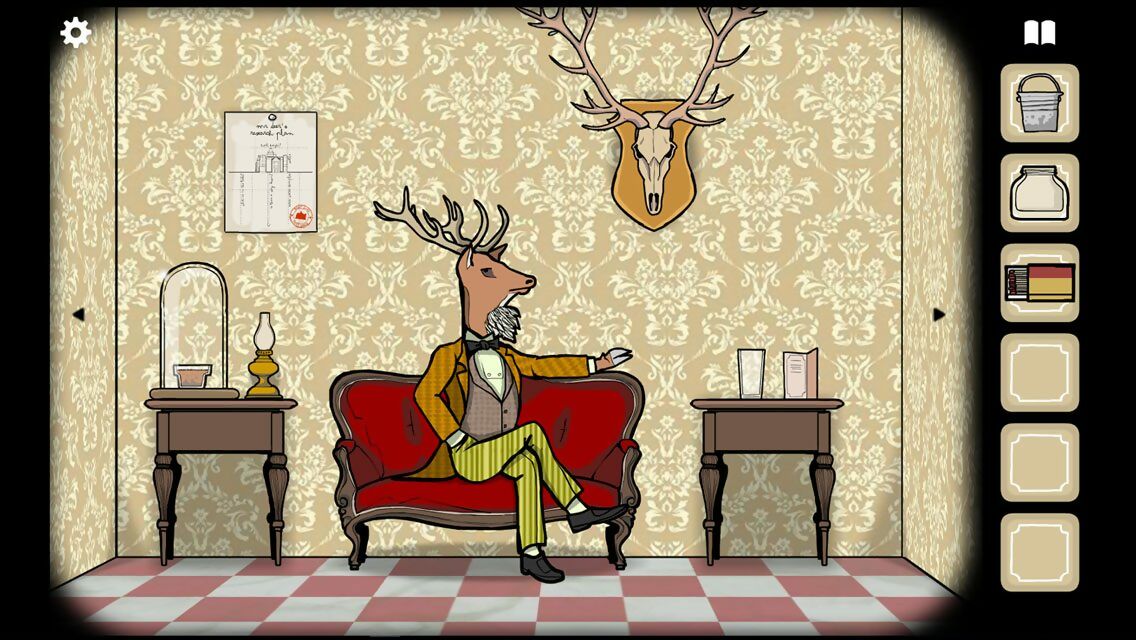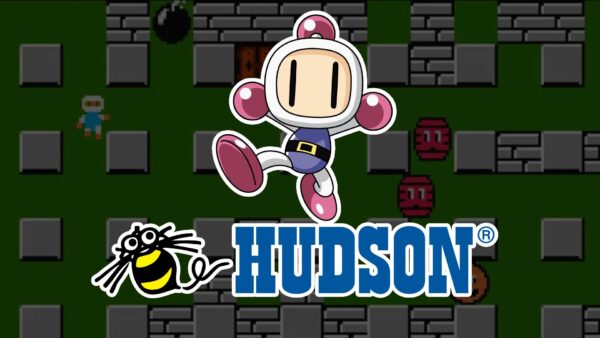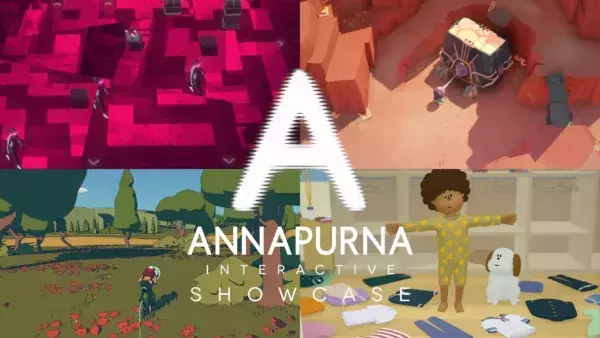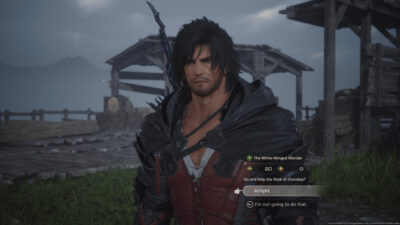
Viewed from the lofty vantage of 2019, the cramped red chamber that helped kickstart a micro-genre doesn’t exactly ring out as a timeless classic. Rather, Toshimitsu Takagi’s Crimson Room, made in 2004, comes off as a dusty relic of a forgotten era of browser-based gaming, a compact puzzle defined by tedious pixel-sniping and the twisted reasoning that we might charitably term ‘walkthrough logic.’
While the game might not hold up to modern tastes, it still stands as a defining example of one of the most popular forms of the puzzle game, the so-called ‘escape room.’ But while the term might give readers flashbacks to entire weekends demolished by Flash portals like Newgrounds and Armor Games, over the past decade, some of these tiny puzzlers have managed to make the jump from your browser window to your pocket – and they’ve never been better.
Search ‘escape room’ on your mobile device’s app store, and you’re assaulted with a barrage of derivative mediocre-ware with names like Action Escape and Room Escape Game.
While these free or low-cost examples might scratch a riddle addict’s itch in the same way that a decent crossword puzzle might, the allure of a truly great escape room game comes both in its puzzles, and also the story it tries to tell.

Some of the Rusty Lake games are less connected than others. For example, Rusty Lake Paradise is considered stand-alone, and it takes place on this island.
Bored office workers didn’t flock to Crimson Room or its sequels because they adored clicking a curtain five times to make a key fall out; they stuck with it because they adored the bizarre iconography, the keen sense of foreboding.
That’s the essential element – the delicious mystery of why you’re trapped inside the room in the first place – that a new wave of ‘premium’ escape room games have deployed to great effect. And no series has pulled this off quite as well as Rusty Lake.
A Lynchean Lake
Created by development partners Robin Ras and Maarten Looise, Rusty Lake began life in 2015 as the free Cube Escape series, hosted on the same Flash portals that first made the form famous.
The early games in the series, like The Lake, offer up a similar style to the likes of MOTAS and Crimson Room, forcing the player to scour a space for tools and keys and MacGyver them together to solve increasingly Byzantine conundrums.
The difference comes in the quaint, small-town horror trappings that Ras and Looise choose to soak their puzzles in, which they say comes largely from the filmography of beloved auteur David Lynch. Crimson Room tasks you with putting together a projection box that reveals the location of a hidden safe; Rusty Lake has you pull a corpse out of a pond with a fishing rod, only to dig inside to get an artefact you need to summon a demon.

These various animal guests are the denizens of the titular Rusty Lake Hotel, the original premium entry in the series.
“We sometimes joke that we’re making our version of something like [Lynch TV series] Twin Peaks,” says Looise. “We liked the existing escape room games on the Flash portals, like Crimson Room, but we thought the gameplay could use a bit more storyline and atmosphere. From the start, Rusty Lake was always meant to be a world where many stories could take place, a bit like Twin Peaks.”
From the beginning, both Ras and Looise felt that the explosion of cheap, subpar games had savaged the reputation of the escape room genre such that they wanted to do something that clearly stood apart from the pack.
In order to build interest in their games, rather than simply building sequel after sequel, they decided to build a fictional universe and populate it with a cast of distinct characters, releasing the first two games in the series just days apart in April 2015. And they made sure to communicate that intricate interconnectedness to players from the beginning: entering a code from the second entry into a safe in The Lake allows you to view an alternate ending.

On its release in 2012, The Room was hailed as one of the prettiest mobile games of its generation.
After releasing four more games in 2015 to a growing fanbase, the duo decided to ask their community if they were willing to pay for a more ‘premium’ experience. As Looise recalls, it went far better than they expected.
“They basically said, ‘Well, yeah, of course. You’ve given us six games for free already,’” he says, laughing. “With that, we were able to build Hotel, which had five rooms, and was a way more complicated thing. And we’ve kept up the same pace for a while now. A few free games, then a premium. It’s worked out well.”
A Chinese Box
While the team behind Rusty Lake takes the mantle of the escape room with pride, not all developers are quite as eager to hold it aloft. Take Fireproof Games, the studio behind the much-acclaimed The Room series, which takes the central ‘confined space’ concept and augments it with a highly tactile interface and impressive production design.
Director and co-founder Barry Meade agrees that the series’ simple name might lead players to expect to jiggle keys or demolish doorknobs as they carve their way out of a prison-like space, but he says Fireproof’s series isn’t so much about breaking out of a place, it’s about breaking into an object, like a safe. “We didn’t set out to make an escape-the-room game at all,” he says.
“The original idea was to create a game about breaking into unusual boxes by manipulating hidden switches and locks… I think the name makes people think it’s more of an escape-the-room game than it is. But we do put a lot of effort into ensuring the player is in a cool environment that they get to navigate, too.”

Intricate contraptions controlled by a touchscreen are the signature hook of The Room series.
It’s easy to look at the gleaming mahogany wood panelling and hear the satisfying ‘click’ of futzing with one of its puzzle boxes and conclude that, aesthetically, The Room was a few steps ahead of the infinite runners and pseudo-gambling games that made up the mobile space in 2012.
But for Meade, the unique cachet the puzzle genre enjoys among those who aren’t necessarily the most gaming-inclined isn’t a result of any developer or game – it’s an innate trait that those of a curious bent all share. He compares The Room’s riddles to other creative pursuits, like chess, or board games, or even toys like a Rubik’s Cube.
“Solving a puzzle is pure thought – you can zone out to them. I think there’s a Zen quality to a good puzzle, where the world drops away, and all you have is the problem floating in front of your face. I think people enjoy that, the comfort of it. And of course the solving of the problem – people enjoy getting things right after an initial struggle where you think, ‘How the hell do I do this?’”
Setting a Pace
Ras and Looise concur with this approach. To them, the most difficult part of making a new entry in their series is trying to tune the difficulty. As they rocketed past a dozen games, Ras admits that the tendency is towards complexity, to keep long-term fans who have mastered all the previous games sufficiently challenged.
However, since the duo also feel that accessibility is a cornerstone of the series, they have to scale back some of the sprawling scope of the premium entries – which can sometimes include out-of-the-box concepts, such as time travel – for the free games, as they’re intended to be gateways to the entirety of the series.
The creators of Rusty Lake describe the look of their games as “vintage creepy”.
“We just held a birthday party in our office for some kids,” Ras says. “We showed them some of the puzzles in our new game, Paradox, and we were really impressed by how quickly they were able to solve some of them, then run into a wall, and then solve some more. They’re the audience we like to consider when making our games, since we want everyone to be able to play them.”
“There are pacing issues in a lot of puzzle games,” adds Looise. “In our games, we always try to give you that sense of breakthrough every ten minutes or so, so you feel like you’re making progress. We don’t want people to just click everywhere, but if that’s what it takes, then that’s sometimes what happens.”
After spending five years promoting what they call “traditional” escape room gameplay, Ras and Looise admit they’re ready to experiment with some new mechanics. While they’re quick to point out that these new games will still involve puzzles and escaping, they say they’re prototyping new concepts that they’re excited to implement in their next project.

Mr. Crow, pictured here, is one of the central figures of the Rusty Lake universe. Don’t pluck his feathers.
But while they love the point-and-click gameplay that won them a devoted fanbase, they say that, after 13 games, they feel like they’ve almost exhausted their bag of tricks at this point. Still, they think they’ve made quite a mark.
“When we started, we wanted to raise the reputation of escape room games, because we thought the potential for storytelling there was greater than what had been done,” Looise says.
“I feel like we’ve done that. With Roots, which was sort of a collection of all the cool things we’ve done in the games, I think it all came together. The next thing we make will still be a kind of escape room, but I’m excited to see what we can do next.”

The Rusty Lake series is well-known for its bizarre aesthetic.





